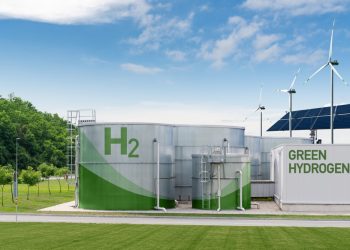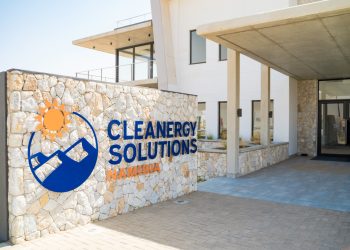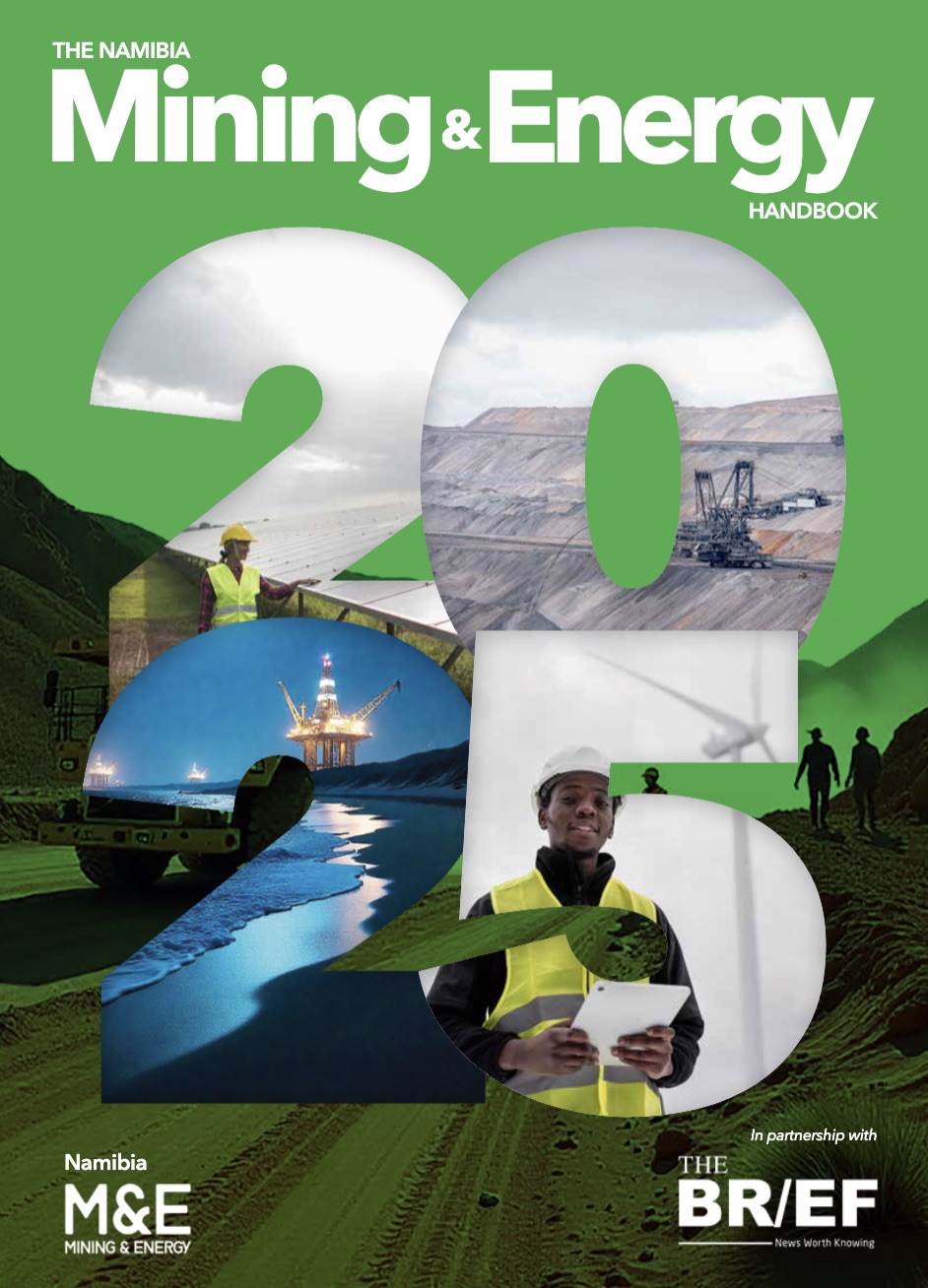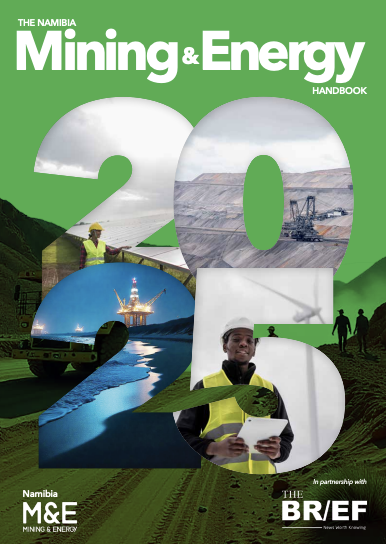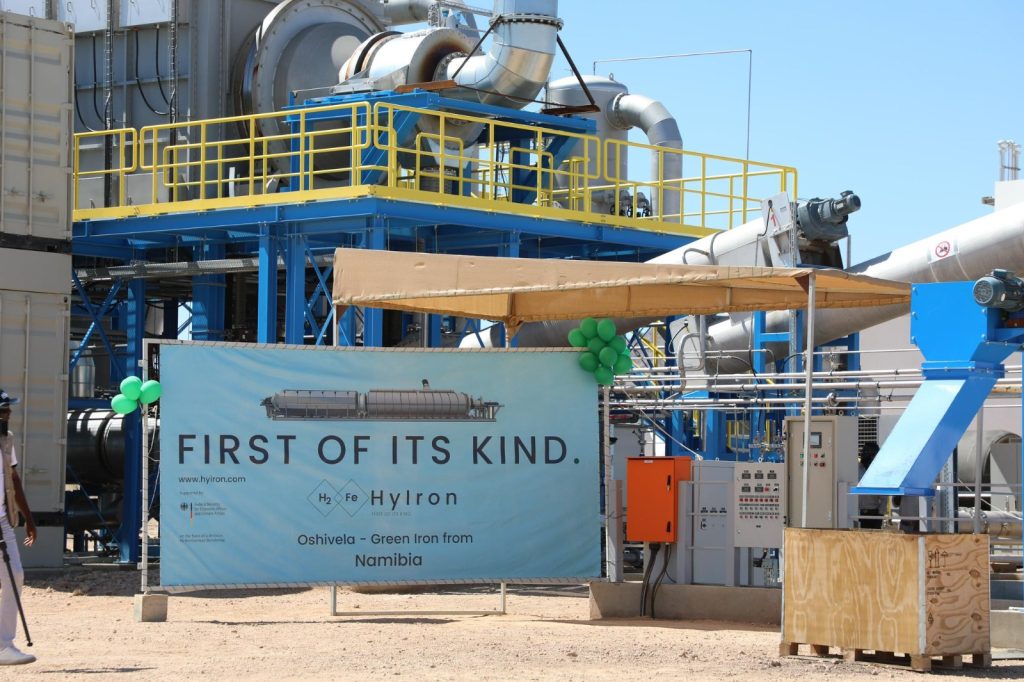
Namibia is leading Southern Africa’s critical minerals drive through policies such as its 2023 ban on the export of unprocessed lithium and rare earth elements, and the launch of Africa’s first industrial-scale green iron facility, the World Economic Forum (WEF) has said.
In its 2025 report, Securing Minerals for the Energy Transition: Finance for Southern Africa, produced in collaboration with the Development Bank of Southern Africa and McKinsey & Company, the WEF described these measures as central to Namibia’s strategy to secure greater value from its mineral resources.
The export ban, it noted, was introduced to attract investment into domestic processing and ensure that more benefits from Namibia’s mineral wealth are retained locally.
“In the same year, Namibia signed a strategic partnership with the European Union on sustainable raw materials and renewable hydrogen, strengthening its position as a key player in the global clean energy supply chain,” the report stated.
The Oshivela project, inaugurated in April 2025, is highlighted as a flagship example of the policy shift. Designed as Africa’s first industrial-scale green iron facility, the plant runs entirely off-grid with a 25 megawatt solar photovoltaic array, 13.4 MW battery storage and the region’s largest electrolyser to produce green hydrogen. This enables zero-emission iron production, replacing coal-based processes.
According to the WEF, the facility started with a 15,000-tonne annual output but aims to reach two million tonnes by 2030. At full capacity, it could reduce carbon dioxide emissions by up to 1.8 million tonnes each year.
An offtake agreement has already been signed with German metals group Benteler for 200,000 tonnes of hydrogen-based iron annually, linking Namibian production directly to global markets. The WEF said such agreements provide revenue certainty and enhance the attractiveness of large-scale investment in mineral processing.
“Namibia is positioning itself not just as a supplier of raw materials, but as a contributor to the full value chain of the energy transition,” the report added.
The WEF places Namibia’s actions within a wider Southern African picture. The region holds nearly 30% of the world’s proven critical mineral reserves yet attracts less than 10% of global exploration financing.
Elsewhere, South Africa has launched a critical minerals fund to boost exploration, Zambia has set a copper production target of three million tonnes

